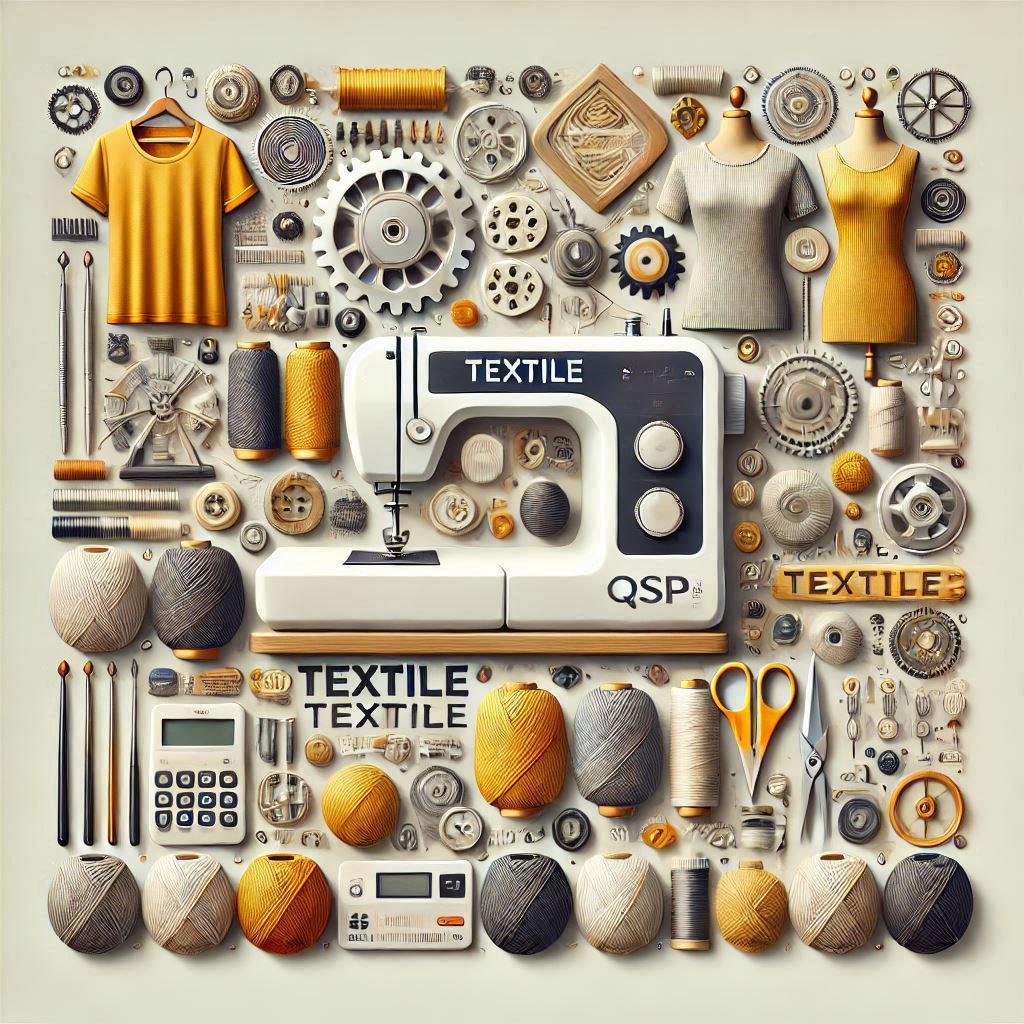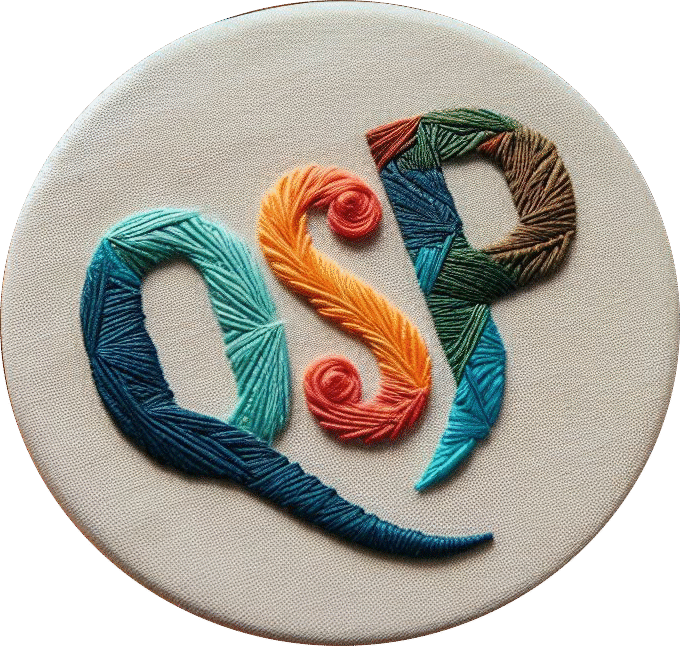You find yourself holding a piece of cloth in your hands 👕
Maybe it’s a vintage shirt or a scrap of fabric in a drawer, and something about it feels just right
But one question arises — what fabric is this made of? 🤔
The label is missing, and you’re left wondering how to identify fabric content with nothing more than your senses
For many people — especially those working in sewing ✂️, fashion 👗 or sustainability 🌱 — learning how to identify fabric content becomes an essential skill
Yet with so many fabric blends in the modern market, recognising fibres isn’t always straightforward
Still, there are clues hidden in plain sight — the way a fabric feels, drapes, wrinkles, or even burns 🔥 can reveal much more than you think
Let’s begin with the difference between natural and synthetic fabrics 🌾🧪
Natural fibres such as cotton, wool, silk or linen often share qualities like breathability, softness and a muted matte finish
Cotton tends to crease easily and feels warm to the touch ☁️
Linen has a dry, crisp texture 🍂
Wool is warm and slightly springy 🐑
Silk feels smooth and reflects light with elegance ✨
Once you start observing these features, you slowly begin to recognise fabric by touch
On the other hand, synthetic materials such as polyester, nylon or acrylic often have a shinier finish and feel slightly colder or slicker 🧊
They may stretch, resist wrinkles or hold their shape unusually well
The difference between natural and synthetic fabrics becomes clearer with practice — and often, just by touching, you can recognise fabric by touch 🖐️
But when in doubt, there is always the classic fabric burn test at home 🔬🔥
This method can give you surprisingly accurate results if done safely and carefully
You burn a small strand of the fabric and watch how it behaves
Cotton burns like paper 🧻, leaving a soft ash and smelling slightly sweet
Wool and silk smell like burning hair
Polyester melts and forms a hard bead with a chemical scent 🧪
Rayon catches fire easily and smells like burnt leaves 🍁
The fabric burn test at home can help answer the question what fabric is this made of — though it may not always work perfectly with blended fabrics
Fabric blends, increasingly common today, combine characteristics of both worlds 🔄
A cotton-polyester blend may feel soft and breathable but resist wrinkles more than pure cotton
These combinations make it harder to recognise fabric by touch, and even the fabric burn test at home may give mixed signals
For those wanting deeper accuracy, lab techniques such as chemical analysis or infrared spectroscopy exist 🧫
But they are rarely practical for everyday use
What most people do have, though, is the ability to learn 🧠
As you touch more fabrics and observe more closely, you sharpen your skill in how to identify fabric content
You begin to notice the difference between natural and synthetic fabrics without even thinking
📍At QSP Textile, we understand these differences deeply because we work with all of them — from 100% cotton and pure wool to technical synthetics and blended performance fabrics
Whether it’s for fashion, uniforms, or technical garments, we ensure that every fabric we offer has been tested, analysed and chosen with intention
So when you ask what fabric is this made of, we’re here to help you answer with confidence
So what fabric is this made of? There might not be one perfect answer every time ❓
But if you observe, touch, fold, and — if you’re careful — even burn a tiny piece, you’ll start discovering a world of clues 🔍
Learning how to identify fabric content is not just practical — it’s deeply satisfying
It connects you to the material, its origin, and its story 📜
Ultimately, the best way to recognise fabric by touch is to stay curious
Keep comparing
Keep learning
Over time, what fabric is this made of will become a question you answer with growing confidence — not just through technique, but through intuition 💡🧶


Deja una respuesta